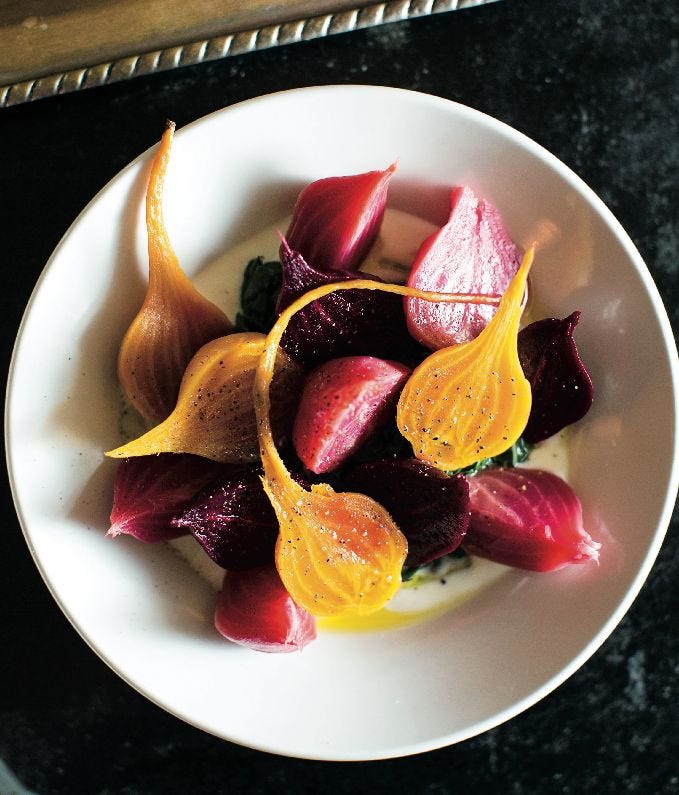A Chat with Prune's Gabrielle Hamilton

Gabrielle Hamilton’s new cookbook, Prune, a collection of recipes from her celebrated East Village restaurant of the same name, doesn’t have any introduction. There are no recipe headnotes (you know, those little wind-ups from the author explaining the genesis of the dish you are about to make, or some kind of hold-your-hand cheffy trick that might hel…




